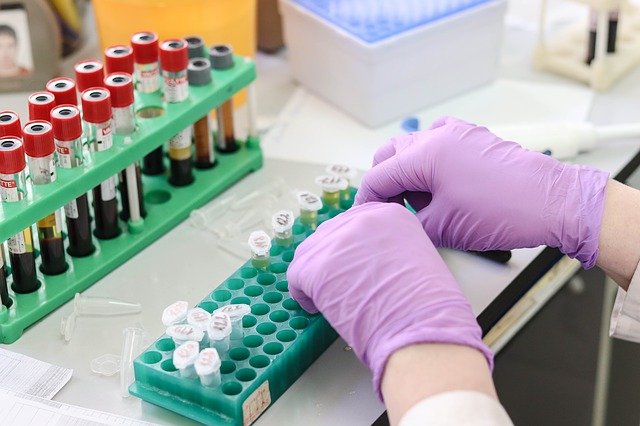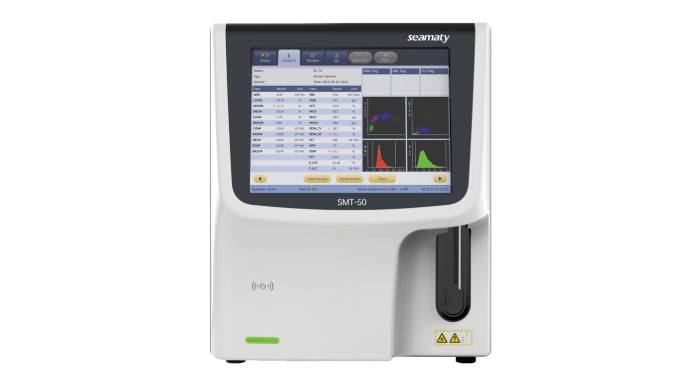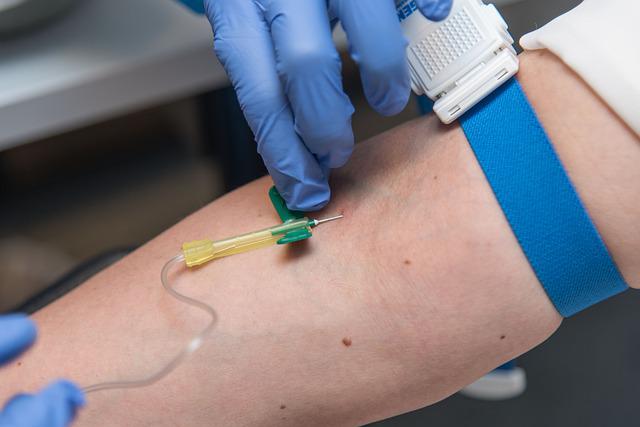1. Effect of serum electrolyte concentration determination
The results of the test showed a significant increase in serum potassium after 1h compared to the immediate period, with a significant difference (P<0.05). Serum chloride decreased significantly (P<0.05) immediately after 5 h. The difference was significant (P<0.05). Therefore, blood specimens should be collected and sent for testing within the allowed retention time.
2. Effect of lactate concentration
When blood samples were left at room temperature for 15 minutes, the lactate concentration increased significantly, with a significant difference (P<0.05). The increase in lactate concentration was not significant when the samples were placed in a refrigerator at 4℃ for 30min. The difference was significant at 1h (P<0.05). Therefore, the blood should be tested immediately after collection. The time to deliver the test at room temperature should not exceed 15 minutes. At 4°C the time can be extended by 30 min.
3. Influence of blood glucose results
Serum glucose decreases by 7% per hour due to glycolysis of blood cells. Therefore, blood should be tested immediately after collection, or if not available, serum should be separated promptly.
4. Effect of cardiac enzyme profile
The test results show that the activity of creatine kinase decreases over time. Lactate dehydrogenase has increasing enzyme activity in the serum due to altered permeability of the red blood cells, and hydroxybutyrate dehydrogenase activity also increases during placement. The activity of glutamic oxalacetic transaminase has little effect. It is necessary to separate and store the serum if the blood specimen cannot be measured in time.
5. Influence of blood ammonia results
The test results show that the results of blood ammonia measurements are significantly higher when the specimens are left for different times than when they are measured immediately. Therefore, to ensure the accuracy of the results, blood must be sealed and sent for testing immediately after collection.
6. Blood specimens collected
When testing multiple items, it is best to have one tube of blood for each item to prevent specimen contamination. When it is not possible to separate them, attention should be paid to the order of testing. If a tube of blood is to be tested for biochemistry and PCR, the PCR must be tested first and then the biochemistry to prevent contamination of the specimen after the
biochemistry test from affecting the PCR test results.
The effect of temperature on test specimens should be noted as each laboratory has different cold-proofing and cooling equipment, and temperatures above 30°C can have a significant effect on some tests.
It has been reported that specimens for the determination of total protein have an effect on the results after 8h at room temperature above 30°C and even more significantly after 24h. AST and ALT are reduced by 87% and 83% respectively when stored at low temperature (4°C) for 48h. At 30°C and above for 6h, the results increased by 116% and 129% respectively.
No significant effect was observed for sodium at 4°C for 8h. This was reduced to 97% after 48h. There was a tendency to increase at room temperature (23°C) and at high temperature (30°C). A significant increase was observed at room temperature for 6h.
The blood glucose was reduced by 0.04 mmol/L per hour at room temperature, 0.1 mmol/L at room temperature and 0.2 mmol/L at high temperature.
Phosphorus showed no change at low temperatures, but tended to increase at room temperature for 8h, slightly at 24h, to 190% at 48h and to 126% at 8h, 237% at 24h and 328% at 48h, showing a significant increase.
It has been demonstrated that storage of blood specimens at a certain temperature for a certain period of time has a significant effect on the test results.



